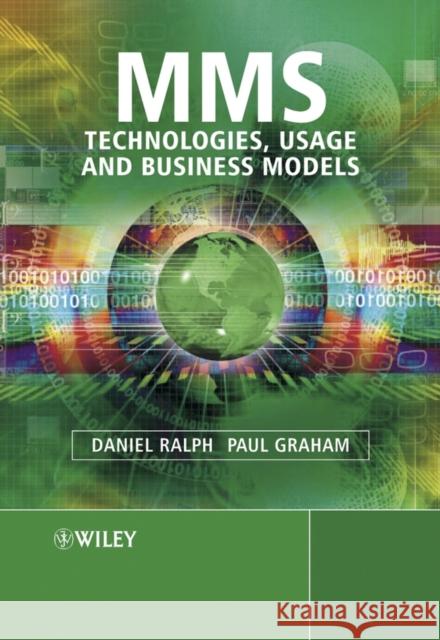Mms: Technologies, Usage and Business Models » książka
Mms: Technologies, Usage and Business Models
ISBN-13: 9780470861165 / Angielski / Twarda / 2003 / 396 str.
MMS has evolved from the huge popularity of the SMS text service for GSM networks. It is a departure from the transport mechanism used for SMS (which is based on the GSM signalling channels) to the use of IP to transport messages within the MMS network. To this end MMS has similarities with Internet email and standard IETF protocols. As with any new technology it is difficult to accurately predict the position within the next 5 years, although based on previous experience with WAP and SMS it would be fair to say that these protocols will increase in usage over the next 5 years and become legacy for a further 5 years following which, users will migrate onto the next wave of messaging. Significant revenue growth and data usage is expected to be driven by consumer usage of MMS. But MMS technology offers more than just a broadening of message content. With MMS, it is not only possible to send your multimedia messages from one phone to another, but also from phone to email, and vice versa. This feature dramatically increases the possibilities of mobile communication, both for private and corporate use. Multimedia messaging will reshape the landscape of mobile communication, making it more personal, more versatile, and more expressive than ever before. MMS
- Is the first book to address how MMS (and the use of IP to transport messages) will affect existing infrastructure and business models
- Covers the fundamental changes to mail and billing systems
- Includes future recommendations, such as interoperability and evolution
- Presents an overview of the MMS technology components











